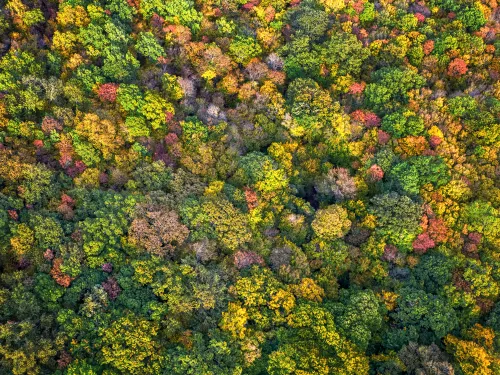
Blean FAQs - How did you prepare the Blean?
In order to welcome the first wild bison herd to the UK, some preparation had to be undertaken so that both animals and people can enjoy the Blean.
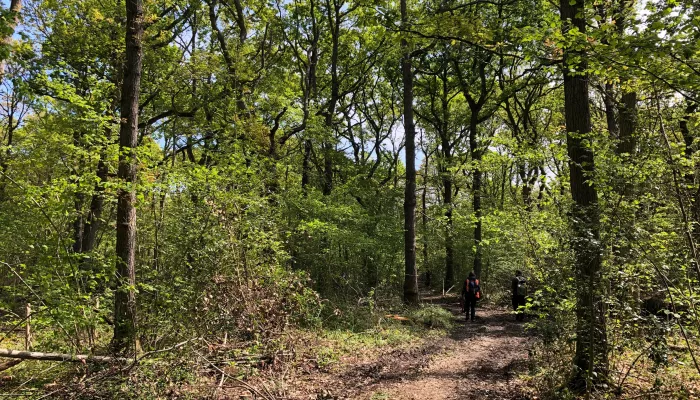
The Wilder Blean bison family have now been joined by cattle, ponies and pigs, all of which bring their own ecological benefits to the ancient woodland in West Blean and Thornden Woods.
The Wilder Blean project is all about how different grazing animals have different effects on the environment and how these positive effects can cascade to create a virtuous cycle of nature restoration.
Meet the new members of the Wilder Blean Project
The Iron-age pig is a hybrid animal (a mix of the wild boar and the Tamworth pig) which does a similar job to wild boars.
Wild boars sit under the Dangerous Wild Animals Act so there is very specific legislation around keeping them. We did not see that having wild boar was necessary when the Iron-age pig is a very similar animal that does not fall under the same legislation.
The bison are in a breeding situation, with the intention of expanding the herd. The other animals are not. We may choose to increase the herd sizes in the future but currently we will limit breeding to the bison only.
Bison are ecosystem engineers which means they shape the landscape with certain unique behaviours that other animals simply do not have.
The bison and cattle are kept separately. We will closely monitor the difference each species makes to the environment.
Whilst the long-horn cattle may not dustbathe or de-bark trees, they do have benefits for the woodland by grazing woody twigs, trees and scrub, opening up the canopy and replicating the natural behaviours of the large herbivores that used to roam the area. Through this project, we will be able to confirm the differences between the impacts of bison and domestic cattle on our landscape.
These animals are not pets and prefer to be left alone. We ask that visitors to the woodland respect our code of conduct and keep your distance from them. You are welcome to photograph them but use a zoom lens and be aware they may move quickly and suddenly. The rule of thumb is to keep at least 20 metres away from them.
Yes, but please keep your dog on a lead and stick to the footpaths.
No. There are now free-roaming horses and cattle in the area. In the interests of safety, horse riding is not permitted on the reserve.
Please call 999 if the animal is in the road and is posing a risk to public safety.
We would also appreciate it if you let us know by contacting Kent Wildlife Trust on 01622 662012 and pressing the option for Wilder Blean Emergencies.

In order to welcome the first wild bison herd to the UK, some preparation had to be undertaken so that both animals and people can enjoy the Blean.
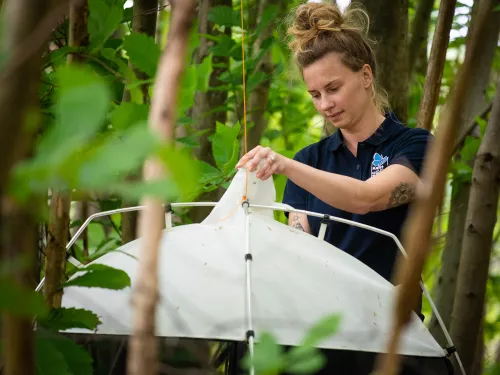
Monitoring progress towards a Wilder Blean.
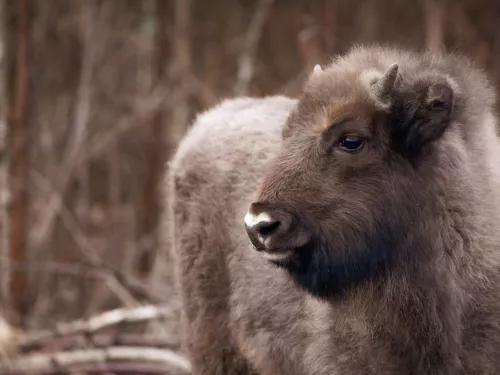
We have introduced European bison to help restore UK wildlife and tackle the climate crisis.
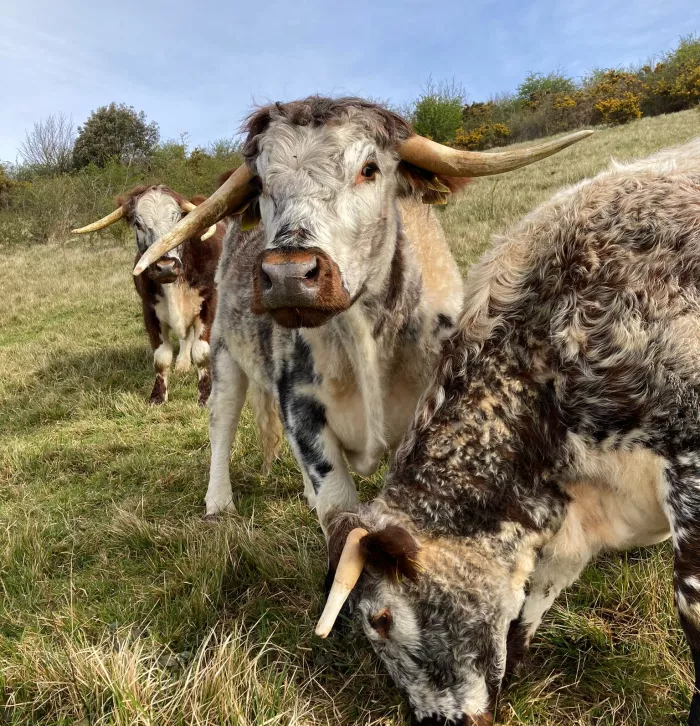
Our ground-breaking Wilder Grazing Strategy supports the nature-positive management of our estates, encouraging wildlife recovery and adaptation to the changing climate.